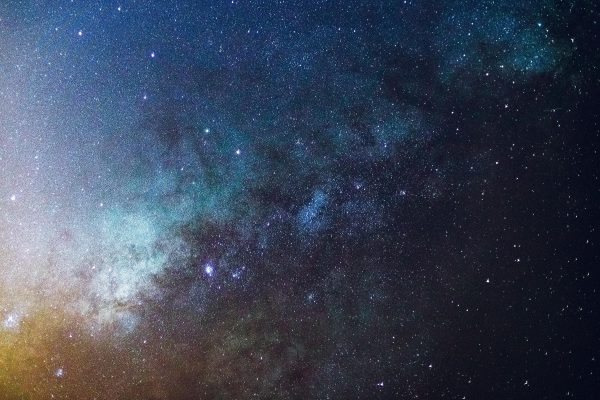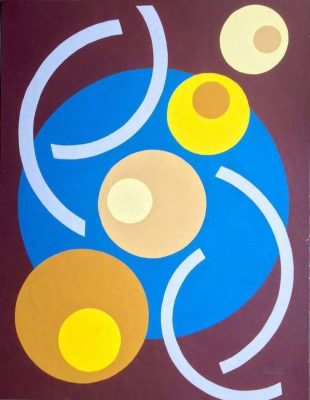Very few writers in the twenty-first century are polymaths of the sort that previous centuries sometimes spawned – those who knew about all the subjects that mattered at the time, while still producing original work. Specialisation and the multiplication of fields and subfields of research, in both the humanities and the sciences, has rendered such breadth nearly impossible. Siri Hustvedt, however, is an exception: she is a polymath for our times, fluent in multiple specialised discourses, but whose mode is artistic.
Hustvedt, who lives in Brooklyn, is primarily known for her seven novels. Her first, The Blindfold (1992), about a poor graduate student negotiating the social-psychological maze of New York City in the late 1970s, established her as a novelist. Her most recent, Memories of the Future (2019), returns to New York in the same era, this time with dual narration – an older self in 2017 reflects on the journal of her younger self. What I Loved (2003) turns on the friendship between Leo Hertzberg, an art historian narrator, and an artist called Bill Wechsler. In The Blazing World (2014), a neglected female artist enlists three male artists to show her work for her. The book was longlisted for the Man Booker Prize and won the Los Angeles Times Book Prize for Best Work of Fiction.
Hustvedt’s novels are imbued with passionate philosophical concerns about the self, memory, identity and aesthetics. While her roots are in literature, less widely known to her fiction readers is her exceptional grasp of the sciences – especially the life sciences, from neuroscience and psychology to genetics and embryology. She has written groundbreaking essays on the embodied self, and the lasting influence of mind/body dualism on Western thinking, culture and social structures.
Science is a remote territory for most non-practitioners, and it is unusual for people who aren’t trained to immerse themselves in specialised scientific literature. The scientific world has long been her second home, and scientists have taken her in as one of their own. Hustvedt and I first met through our mutual interest in philosophy and science, soon after her interdisciplinary, exploratory memoir The Shaking Woman or A History of My Nerves was published in 2010. As a philosopher and historian of ideas concerned with the mind/body relation and the scientific theories that turn on it, I found in her a fellow traveller.
Hustvedt is politically committed, and a feminist who understands the roots and ramifications of patriarchal reflexes. She reads everything about topics that interest her, and distills her readings into her novels and essays, in her own creative, narrative, poetic voice. She teaches Narrative Psychiatry to psychiatric residents and junior faculty at Weill Cornell Medicine in New York City: in her work mind, art, and the power of narration meet, all in the service of understanding the self in its relation to other selves, of connecting past and present, the invisible realms of being with those that language can shape. And so there is no discontinuity between her passions, as she explains in this conversation, which we held remotely during a hot August in 2021, Atlantic coast to Mediterranean coast.




